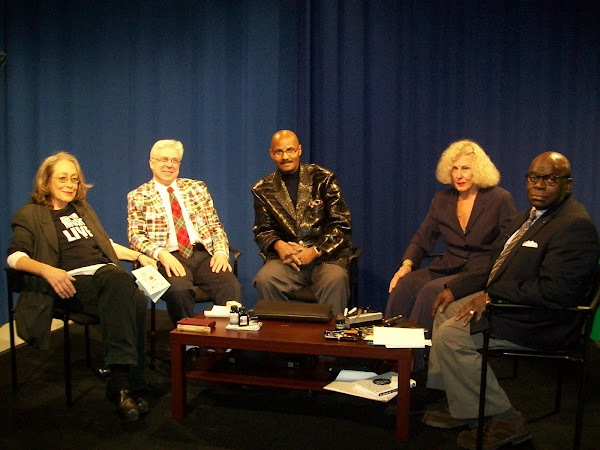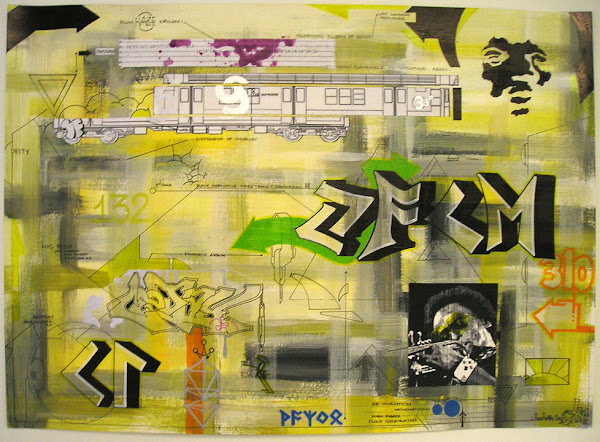On my second visit to Woodlawn Cemetery I was in search of Herman, no not the Republican hopeful but the author of Moby Dick. Finding Mr. Melville was as difficult as finding that leviathan that haunted Captain Ahab. I was expecting a burial site that was befitting Melville's stature as an author. Along the way I met a family from England and I asked had they seen Mr. Melville, they told me that they too were looking for him. Finally the daughter of the couple from England shouted, "here he is." Though his grave was difficult to find, the many pebbles and small stones atop his headstone was an indication that many had passed this way. Small stones, instead of flowers, are often left on headstones to indicate that the deceased is still remembered.
While searching for Mr. Melville I saw a large memorial in the distance that drew my attention. This type of memorial is known as an exedra, a monument carved in the shape of a rectangular or circular bench. The two photos below are of the memorial of newspaper publisher, Joseph Pulitzer whose name was given to that much coveted prize for journalism. A majestic tribute: a solitary figure sits in quiet contemplation.
I was eager to read a history of Woodlawn Cemetery but found there's little that's available in print. I contacted a publishing company that specializes in books on local history and I've pitched the idea of writing a book about Woodlawn Cemetery. I'll start writing over the course of winter and will wait until spring to do more extensive photography.
I was also delighted that there are numerous organizations for people who share an interest in this unique aspect of art, history and architecture. I also went to the theatre to see a new documentary entitled: In Heaven Underground: The Jewish Cemetery in Berlin-Weissensee which is the oldest Jewish cemetery in Germany, a fascinating film.
Clifford Jacobs
Have Pen, Will Write
Scribo Ergo Sum









































.jpg)


